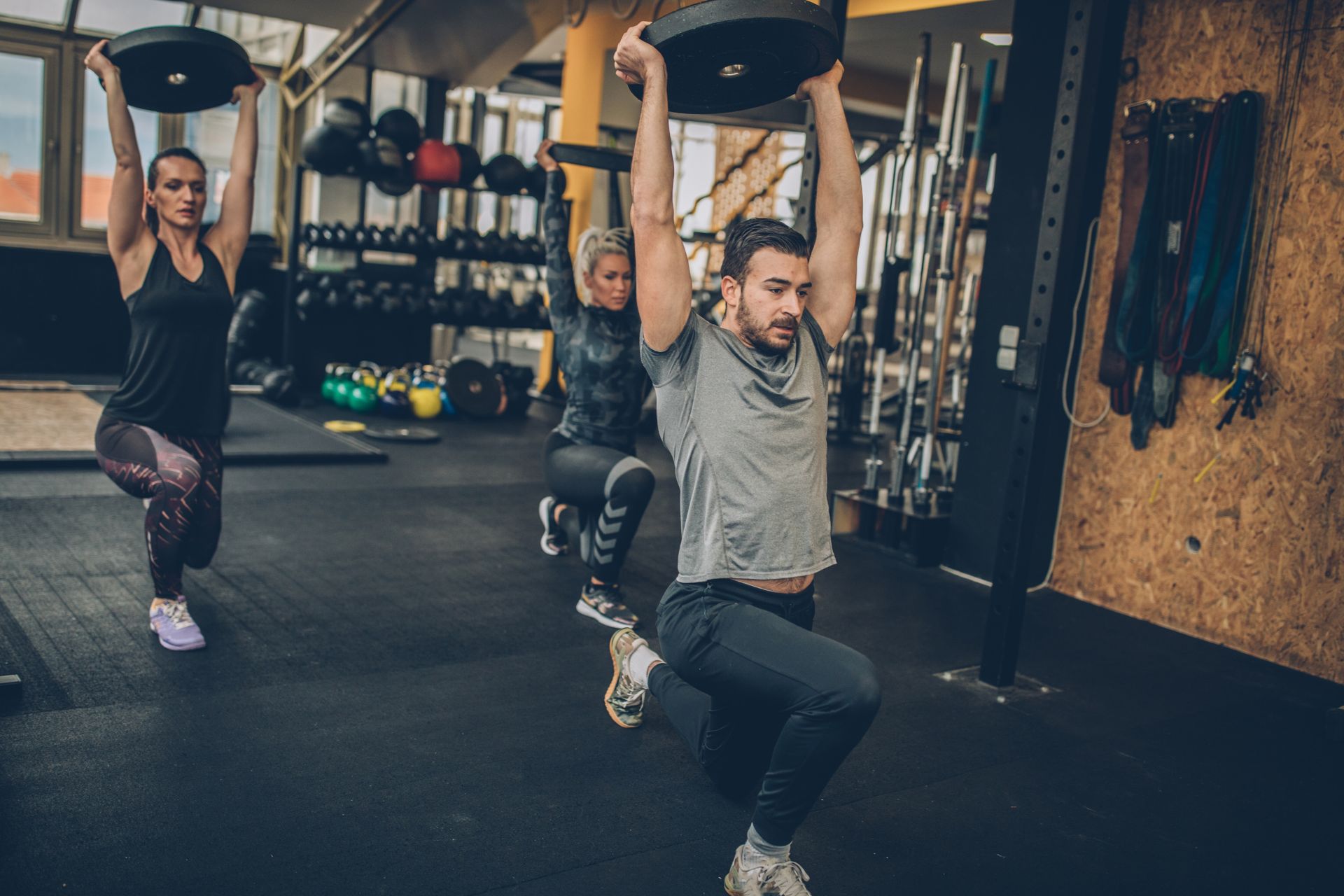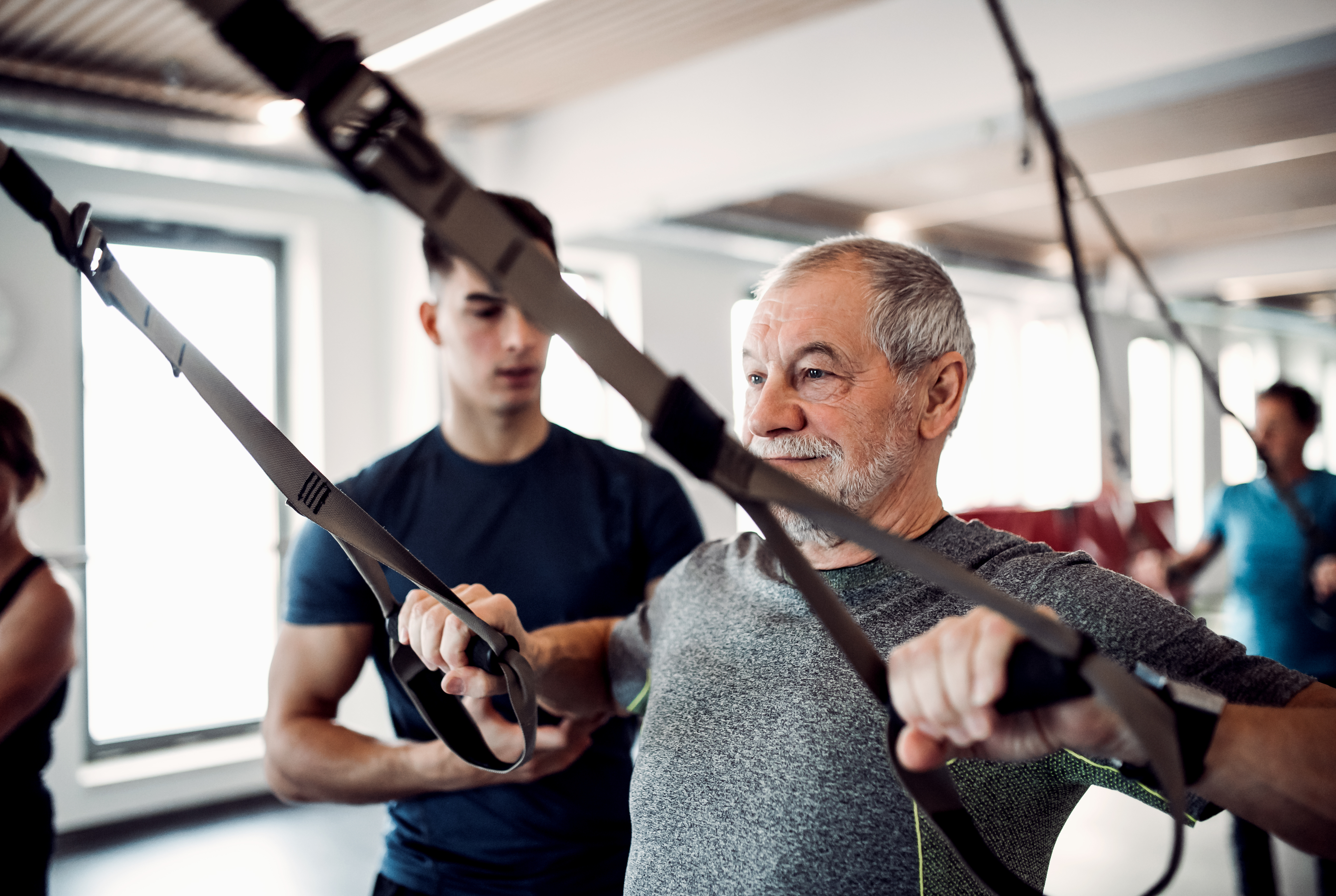Frequently Asked Questions
Proprioceptive exercises for ankle stability in athletes are crucial for enhancing neuromuscular control and reducing the risk of sprains. Effective drills include single-leg balance on unstable surfaces, such as a wobble board or Bosu ball, which challenge proprioception and kinesthetic awareness while strengthening stabilizing muscles around the ankle joint. Incorporating dynamic movements like lateral hops or star jumps further promotes agility and coordination, essential components for athletic performance. Additionally, integrating resistance bands during these exercises can enhance strength training focused on the peroneal muscles, thereby improving overall functional stability. Athletes may also benefit from practicing heel-to-toe walking along an elevated line to refine their balance skills while engaging core stabilization techniques that support proper alignment throughout various motion planes. Ultimately, systematic progression through these proprioceptive protocols fosters robust ankle integrity vital for sustaining peak physical activity levels in competitive sports contexts.
Incorporating balance boards into a training regimen significantly enhances proprioception and plays a crucial role in preventing knee injuries by promoting neuromuscular control, stability, and coordination. By engaging various muscle groups through dynamic exercises such as single-leg stands, squats, or lunges on unstable surfaces, athletes can improve their vestibular system's responsiveness while reinforcing the proprioceptive feedback loop essential for joint alignment. This method not only strengthens key stabilizing muscles around the knee—such as the quadriceps and hamstrings—but also fosters improved ankle mobility and hip strength to mitigate injury risk during high-impact activities like running or jumping. Regular integration of balance board drills encourages adaptive responses to unexpected perturbations in movement patterns, thereby enhancing overall athletic performance while safeguarding against common lower extremity injuries associated with poor postural control and imbalance.
Sensory feedback is crucial in advanced proprioceptive training techniques utilized for rehabilitation following an injury, as it enhances neuromuscular coordination and facilitates the body’s awareness of limb positioning. This intrinsic feedback allows individuals to fine-tune their motor responses through repetitive practice, which reinforces muscle memory and improves balance control. By integrating visual cues, auditory signals, and tactile sensations within therapeutic exercises like wobble board drills or balance beam activities, therapists can create a multisensory environment that promotes optimal engagement of proprioceptors located in muscles and joints. Furthermore, real-time biofeedback devices provide objective measurements of performance metrics such as stability index and weight distribution patterns during dynamic movements, enabling more targeted interventions aimed at restoring functional mobility. Overall, sensory feedback significantly augments the effectiveness of proprioceptive strategies by enhancing cortical mapping associated with spatial orientation and kinesthetic awareness essential for recovery post-injury.
Integrating plyometric drills with proprioceptive training can significantly reduce the risk of lower back injuries by emphasizing neuromuscular coordination, balance, and core stability. A structured protocol might include dynamic warm-ups that activate key muscle groups while enhancing joint positioning awareness through exercises like single-leg hops or depth jumps combined with balance challenges on unstable surfaces such as wobble boards or Bosu balls. This combination promotes optimal kinetic chain function, reinforcing proper biomechanics during explosive movements. Additionally, incorporating eccentric loading patterns in plyometrics alongside targeted proprioceptive activities fosters enhanced muscular control and prevents maladaptive movement strategies often linked to injury susceptibility. Regular assessments of functional movement patterns using tools like the Functional Movement Screen (FMS) can also aid in identifying deficits that may require tailored interventions for improved performance and safety during high-intensity athletic endeavors.
Different surfaces, such as foam pads and unstable ground, significantly influence the efficacy of advanced proprioceptive training by altering sensory feedback mechanisms that enhance balance, coordination, and body awareness. Foam pads provide a controlled environment that facilitates gradual adaptation to instability while promoting neuromuscular activation through increased reliance on joint receptors and mechanoreceptors. In contrast, training on unstable ground challenges the musculoskeletal system more intensely; it engages complex muscle groups for dynamic stabilization and enhances postural control under unpredictable conditions. This variability in surface characteristics impacts vestibular integration and sensorimotor responsiveness, leading to improved agility and functional performance outcomes in athletic populations. Consequently, incorporating diverse substrates into proprioceptive exercises can optimize adaptations related to kinesthetic perception and motor learning processes essential for injury prevention strategies in sports rehabilitation contexts.

